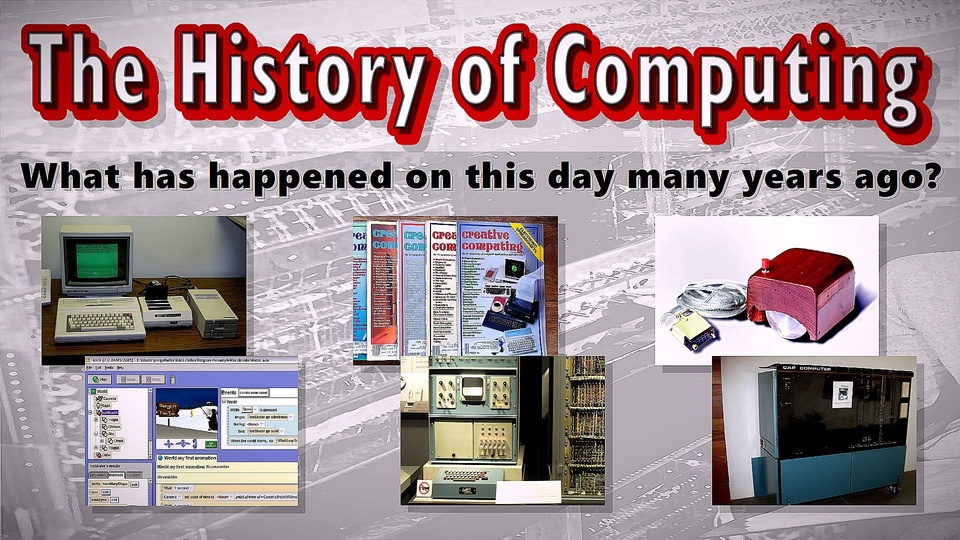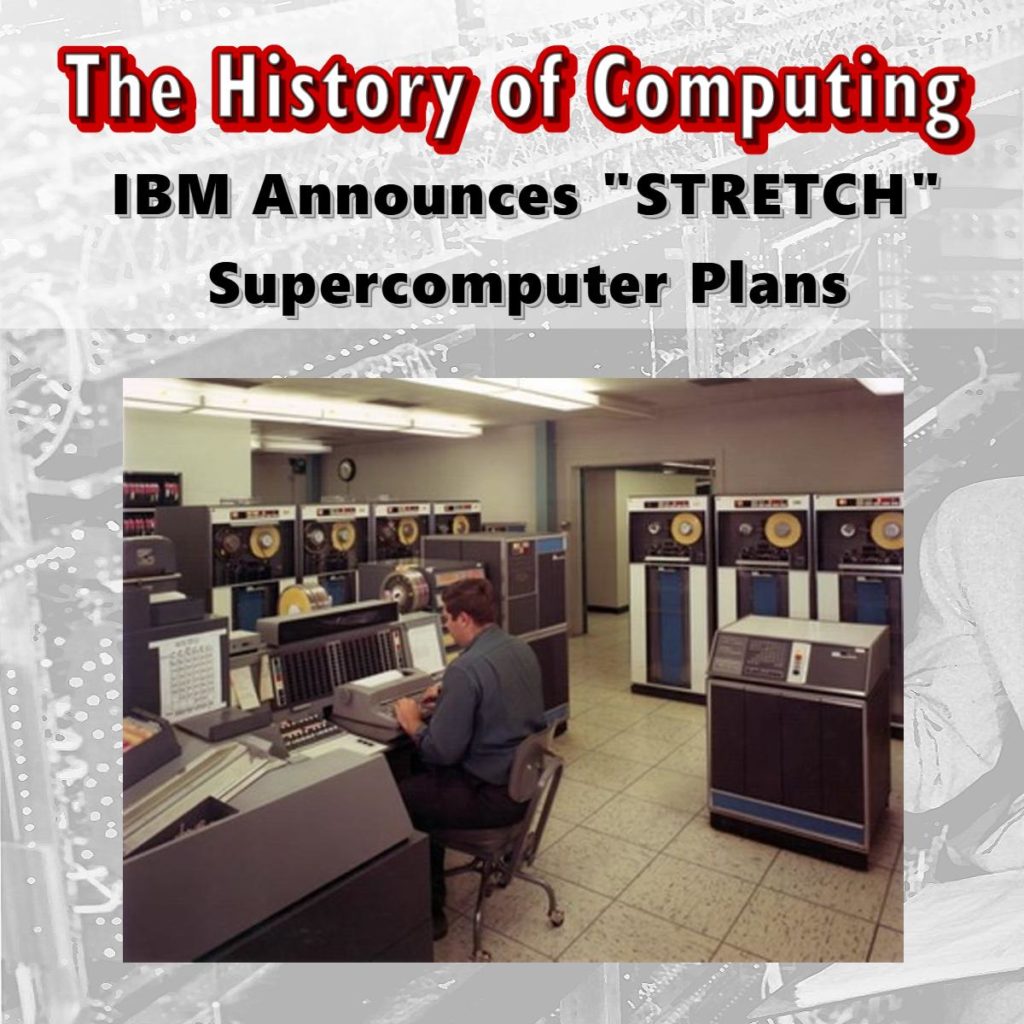
On April 26, 1960 IBM sends out an upbeat release on supercomputers and its own STRETCH (also known as the IBM 7030). “The $10-million-and-up class computers are the world’s fastest and most powerful. They are similar to the STRETCH computer which IBM is now completing for the Atomic Energy Commission at Los Alamos, New Mexico. IBM will now contract with business firms and government agencies to build STRETCH type computers. They can complete 100 billion computations in a day. The new machines are seventy-five times faster than the large-scale IBM 704 computer”. Serial Number 1 STRETCH is part of The Computer History Museum permanent collection.
Source: https://www.computerhistory.org/tdih/april/26/#ibm-announces-stretch-supercomputer-plans
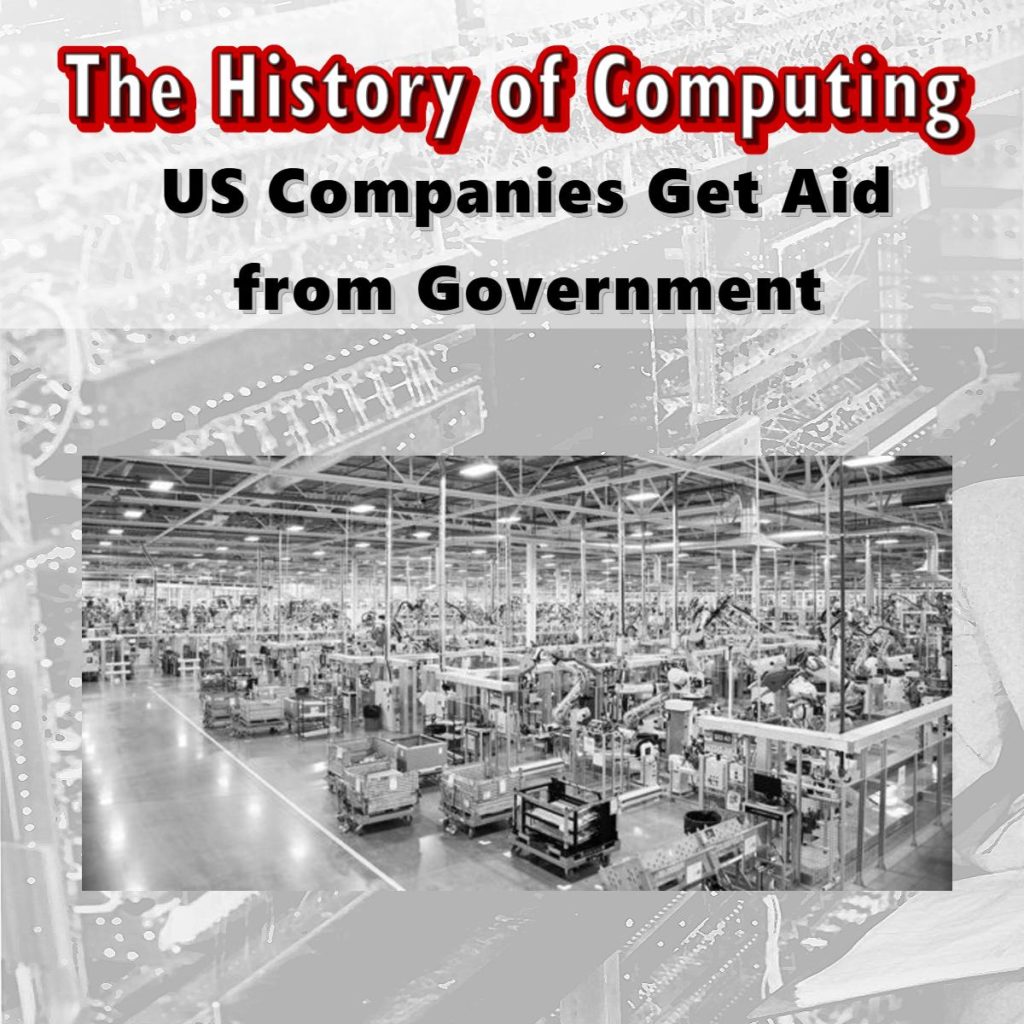
On April 28, 1994 The Clinton administration unveils a multimillion-dollar program to aid US companies that make flat-panel display screens as part of an effort to help the industry stay afloat in light of Japanese domination of 95 percent of the industry. The funding comes partly from the Defense Department, for use of flat screens on military equipment. The flat-panel display market had previously been limited to laptop computers.
Source: https://www.computerhistory.org/tdih/april/28/#us-companies-get-aid-from-government
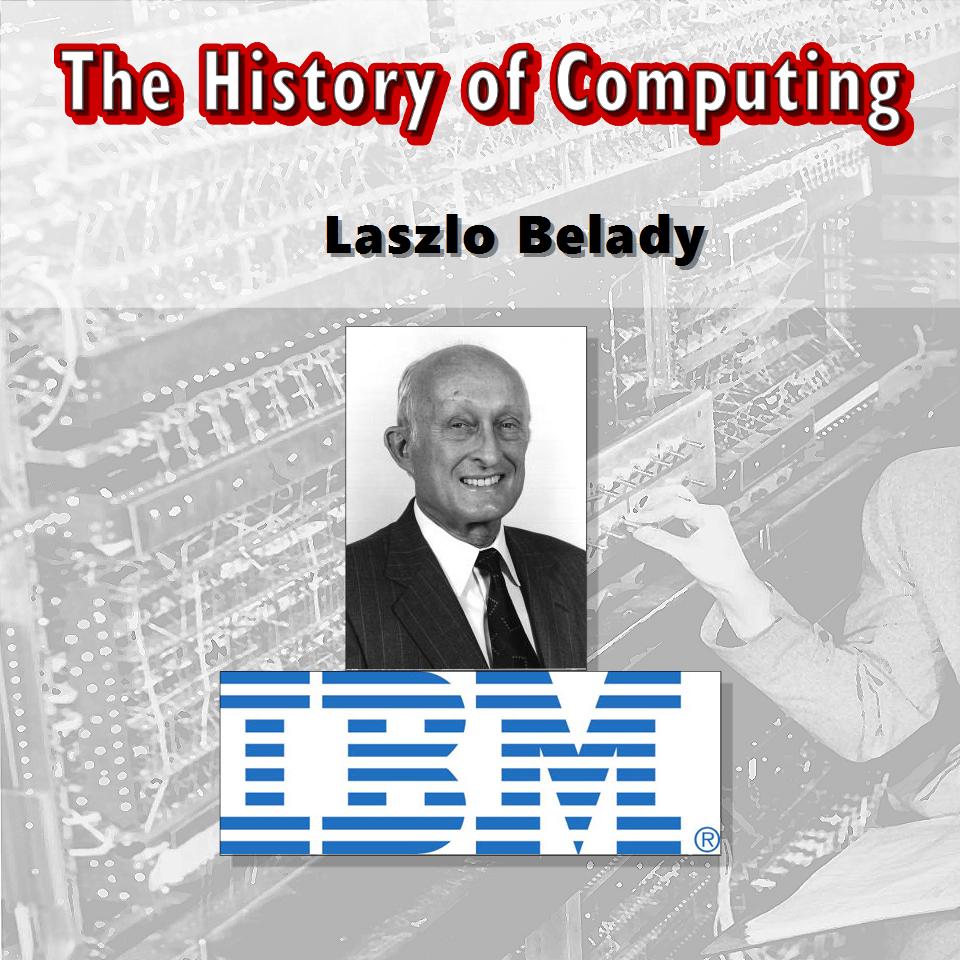
On April 29, 1928 was born Laszlo Belady, creator of the Belady algorithm (used in optimizing the performance of computers), is born. Belady worked at IBM for 23 years in software engineering before joining the Mitsubishi Electronics Research Laboratory in the mid-1980s.
Source: https://www.computerhistory.org/tdih/april/29/#laszlo-belady-born
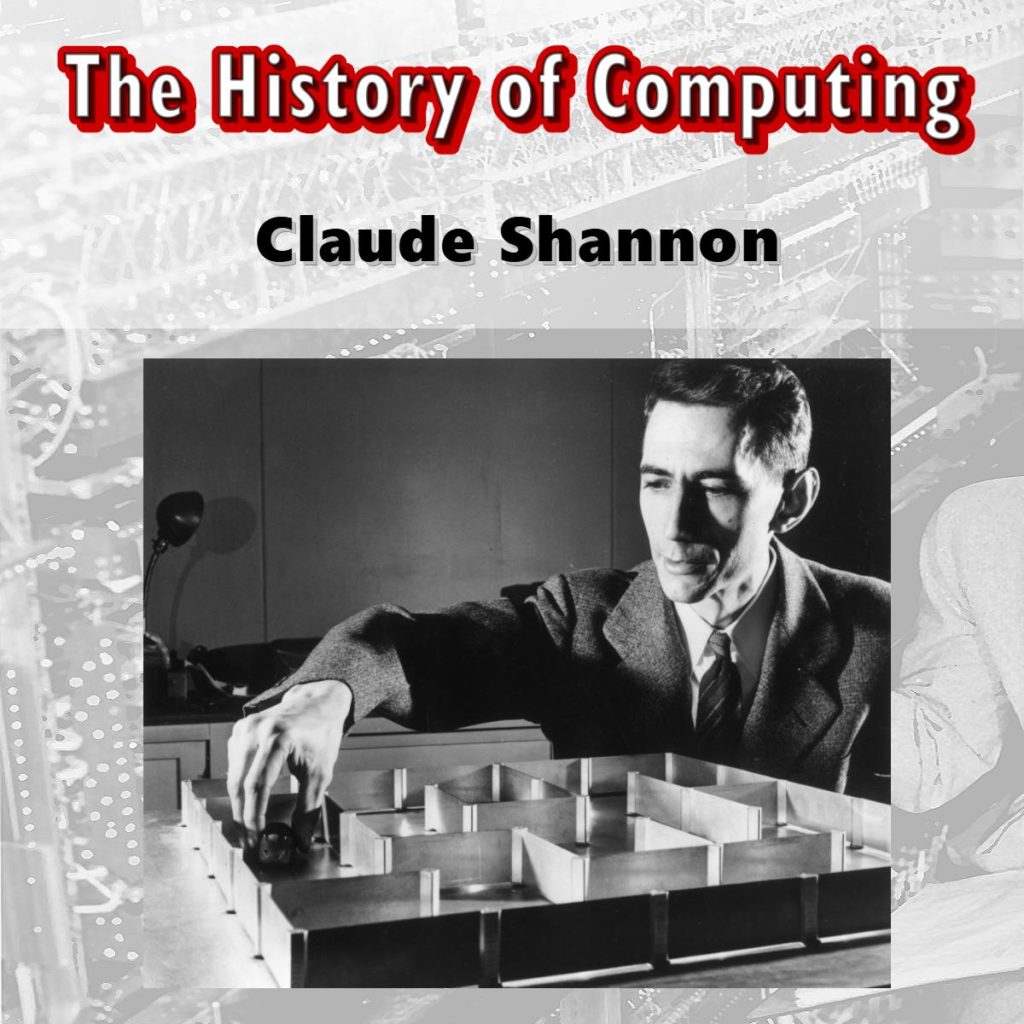
On April 30, 1916 Claude Shannon is born in Gaylord, Michigan. Known as the inventor of information theory, Shannon is the first to use the word “bit.” Shannon, a contemporary of John von Neumann, Howard Aiken, and Alan Turing, sets the stage for the recognition of the basic theory of information that could be processed by the machines the other pioneers developed. He investigates information distortion, redundancy and noise, and provides a means for information measurement. He identifies the bit as the fundamental unit of both data and computation.
Source: https://www.computerhistory.org/tdih/april/30/#information-theory-pioneer-claude-shannon-born
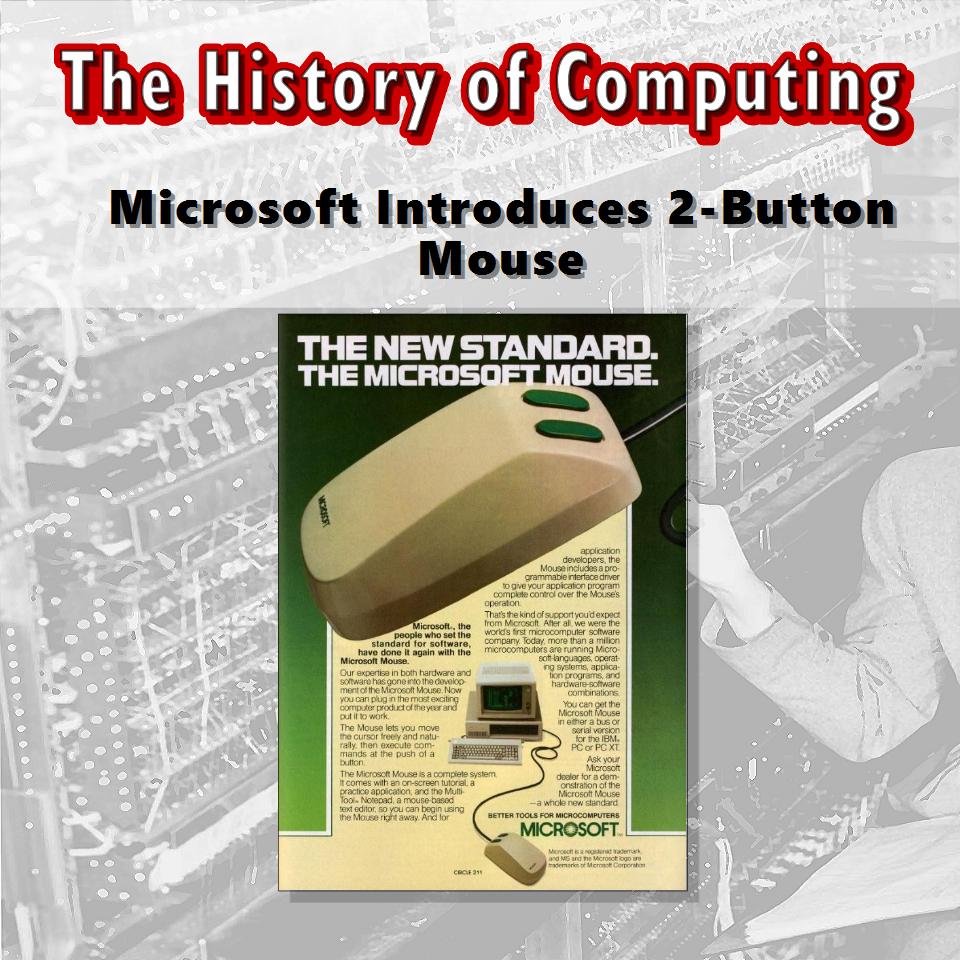
On May 2, 1983 Microsoft Corp. announced the two-button Microsoft Mouse, which it introduced to go along with its new Microsoft Word processor. Microsoft built about 100,000 of these fairly primitive units for use with IBM and IBM-compatible personal computers but sold only 5,000 before finding success in a 1985 version that featured, among other improvements, near-silent operation on all surfaces.
Source: https://www.computerhistory.org/tdih/may/2/#microsoft-introduces-2-button-mouse

